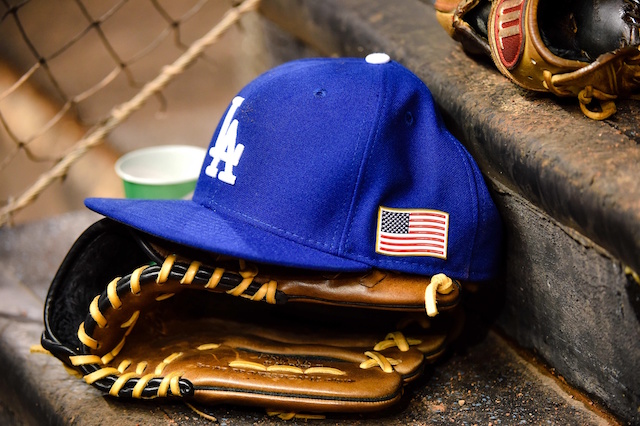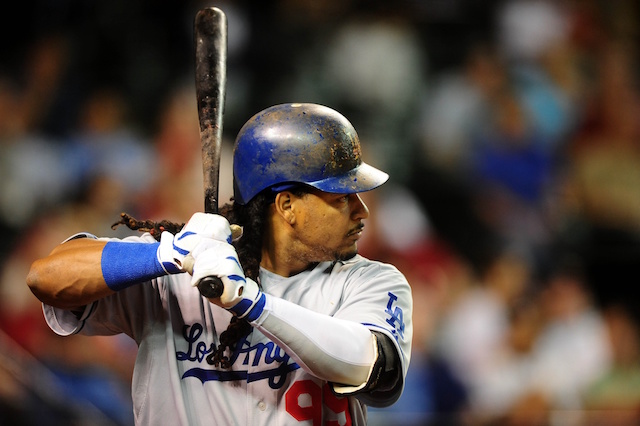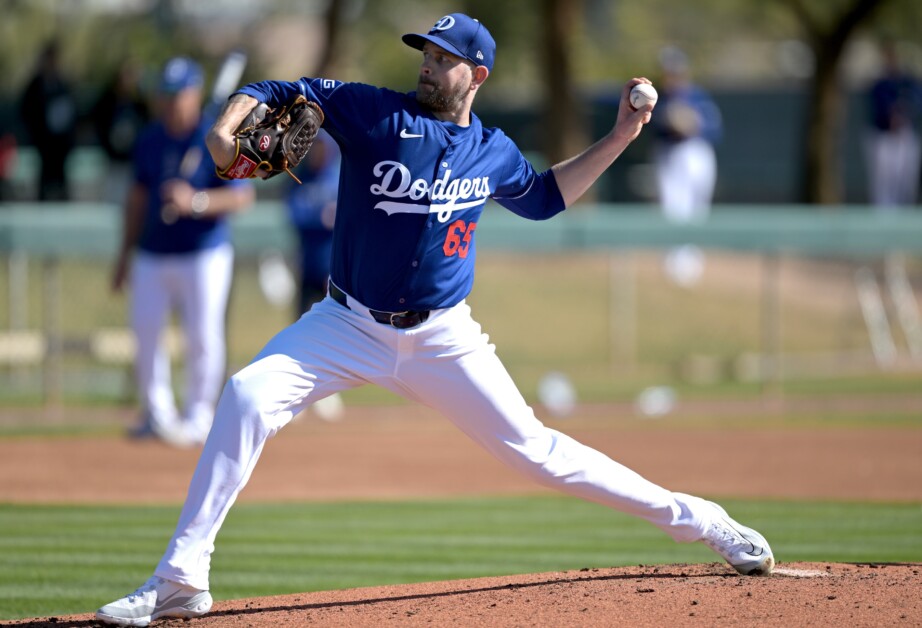
35. Carlos Rincon, OF
Yet another member of the international signings, Rincon was also inked on July 2, 2015. He received $325,000 and made his debut last year. Unlike the more heralded signees, Rincon performed so well that he forced his way stateside.
As an 18-year-old, Rincon dominated Dominican Summer League pitching to the tune of a .364/.458/.714 line in 26 games. He also homered in the DSL All-Star Game. Rincon was then promoted to the Arizona League, where he hit .301/.314/.621.
Already listed at 6’3 and 190 lbs., Rincon is a quintessential right fielder. He projects to have below-average speed as he continues to fill out but has enough arm for right field and the power to match.
His swing right now is very long, but when he connects he can hit the ball plenty far. Rincon drew just two walks in 26 games in the AZL last year, but plate discipline generally comes along later.
With the aggressive promotion to the states, Rincon could be pushed even more aggressively to Low-A to begin the season. If the Dodgers want to take it easier with the 19-year-old, they could keep him in Arizona for extended Spring Training and he could then make his debut this summer with Ogden.
34. Kyle Farmer, C
Drafted in the eighth round out of the University of Georgia, where he played shortstop, the Dodgers immediately moved Farmer behind the plate. Slowly but surely, he’s demonstrated enough progression to justify being added to the 40-man roster during offseason.
Farmer is built like a catcher at 6’0 and 225 lbs. However, he’s a better athlete than most backstops. He runs fairly well and is agile behind the plate. He also shows a strong arm and threw out 35 percent of attempted base stealers last year. He’s even athletic enough to have spent some time at third base when he’s not catching.
At the plate, Farmer employs a line-drive stroke and makes a good amount of contact. However, he doesn’t walk a ton and has hit just 16 home runs in 332 games in the Minors. Unless Farmer improves his offensive production, he’s likely to be relegated to backup duty.
While the signing and Spring Training presence of Bobby Wilson casts some doubt on Farmer’s role with the club this year, he’s still one of three catchers on the 40-man roster. Barring an injury-free season from Yasmani Grandal, Farmer should make his Major League debut at some point this year.
33. Mitch Hansen, OF
After signing as the second-rounder in the Dodgers’ 2015 Draft class, Hansen went to the Arizona League and had an utterly forgettable debut. In 44 games, he batted just .201/.281/.282 with no home runs and 51 strikeouts. He desperately needed to bounce back in 2016, and that’s exactly what he did.
Hansen remained in rookie ball but moved up to Ogden and thrived in the hitter’s haven that is the Pioneer League. He lifted his average over 100 points to .311 and collected 11 home runs, which was good for fifth in the league.
Hansen walked more, struck out less, and even added 11 stolen bases. He played all three outfield positions last season (27 in left field, 10 in right field, three in center field) and likely fits best in a corner as his 6’4, 210-pound frame continues to fill out.
However, even with Hansen’s significant increase in production, there are still questions about his overall potential. He was playing in rookie ball as a 20-year-old and will turn 21 in May.
He’ll need to prove that his offensive uptick wasn’t a product of his environment by continuing to rake in A-ball. If that happens, he could quickly rise up prospect lists.
32. Andrew Sopko, RHP
Sopko was the first pitcher I saw last year during Spring Training. While he didn’t really stand out, he showed enough to think that with a little development, he could pitch in the Major Leagues.
A seventh-rounder in the 2015 Draft, Sopko joined the chorus of recent draft picks who rose multiple levels last season. After a successful debut, he made one start with the Loons to begin 2016 before moving up to High-A Rancho Cucamonga, where he posted a 3.26 ERA in 18 games.
The right-hander was then promoted to Double-A Tulsa to finish out the final month of the season and struggled a bit, surrendering a 4.94 ERA, which was greatly impacted by allowing five runs in three innings during one start. Sopko finished with an overall 3.53 ERA in 135 innings.
With a workhorse frame, Sopko attacks hitters with his low-90s fastball and uses his slider as a swing-and-miss pitch. He throws plenty of strikes and had a solid strikeout rate before he reached Double-A. Sopko’s changeup lags behind his other two offerings.
Still just 22 yaers old, Sopko will likely return to Tulsa to begin 2017 to prove himself in the upper Minors. While it’s unlikely he breaks into the organization’s pitching depth this season, a strong campaign could lead to a shot with the Dodgers next year.
31. Ariel Sandoval, OF
Signed shortly after his 17th birthday in 2012, Sandoval spent his first three seasons in rookie ball with mixed results. He struggled in his first two seasons as a pro, posting a sub-.600 OPS in the Dominican Summer League and Arizona League.
Then, Sandoval broke out in 2015 by posting a .325/.337/.520 batting line, with eight home runs and 10 stolen bases. Impressively, he drew just three walks in over 200 plate appearances.
Last year was Sandoval’s first taste of full-season ball. He went to Great Lakes and hit for more power while also drawing more walks (though it did take him 36 games to eclipse his previous season’s mark). But the power surge was more impressive, considering it came in the Midwest League.
He hit 11 home runs in 79 games with the Loons, good for top-20 in the league even though he left about halfway through. Solid production in May and June earned Hansen a promotion to the Quakes in July, but his bat cooled off considerably in the California League.
He OPS’d just .615 in July and .599 in August, hitting only three home runs with the Quakes (two of which came in High Desert, which is equivalent to Coors Field).
To say Sandoval is a free-swinger would be an understatement. He did increase his walk rate last year, but that’s not hard to do when you walked 1.5 percent of the time the previous season. He has some speed but may not stick in center field.
At 21, there’s still a lot of development needed to turn Sandoval into a Major Leaguer. The tools are there, so it’s simply a matter of refining them into skills.
You can listen to Jared on the weekly Dugout Blues Podcast







